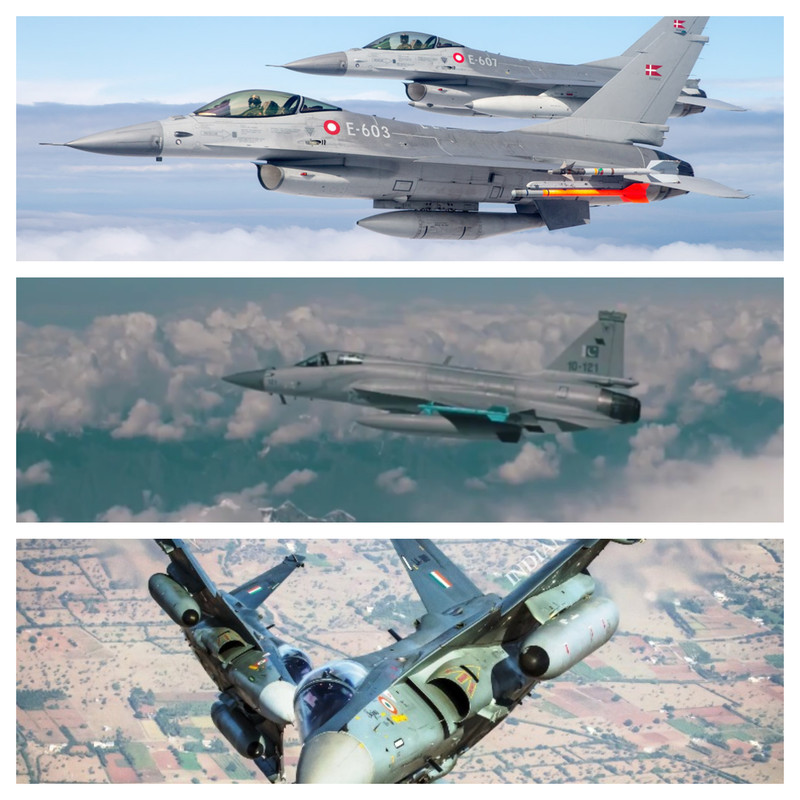SOURCE: AFI

Argentina’s Air Force recently opted for a fleet of used F-16 fighter jets from Denmark, surpassing offers from India’s LCA Tejas and China’s JF-17. Local media reports shed light on the decision-making process.
One key factor influencing Argentina’s decision was the Tejas’s use of British components. The reports suggest concerns about potential delays in obtaining replacements for these parts, leading to extended periods where the aircraft might be grounded. This could have hampered operational readiness.
Argentina reportedly viewed the JF-17 as the least capable of the three contenders. The Chinese engine was seen as a drawback due to its lower Mean Time Between Failures (MTBF), potentially leading to more frequent maintenance needs. The avionics and radar offered on the JF-17, likely an export model with limitations, reportedly failed to impress the Argentinian Air Force as well.
The F-16s, on the other hand, seem to have struck a better balance for Argentina. While used, they are a well-established platform with a proven track record. This likely factored into Argentina’s decision, along with the widespread availability of spare parts and the potential for future upgrades. The F-16’s interoperability with NATO standards, further bolstered by the US connection, could also be a strategic advantage.
Argentina’s decision reflects the complex considerations involved in military procurement. Factors like cost, capability, and long-term maintainability all play a role. The F-16s, in this case, appear to have addressed Argentina’s key requirements effectively.